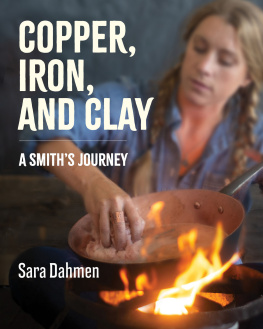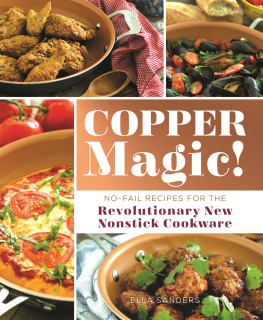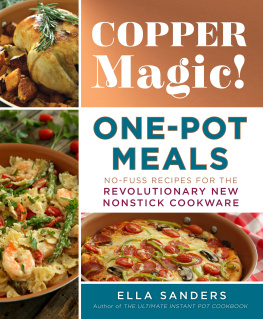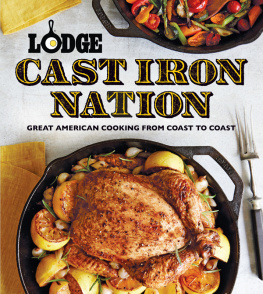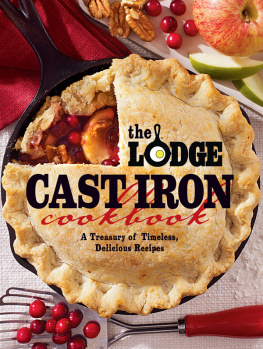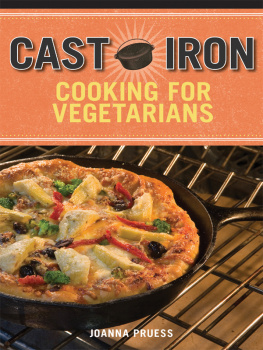Cooking in copper out in Portland, Oregon. Fire and food happen everywhere!
What is it actually made of? Where was it made? Who made it? How long will it last? Like most of us, you probably have no idea where your cookware is from (other than the big-box store or catalog where you purchased it). I didnt either, for a really long time.
We care so much about the food were eating and where it came from. Lets take it a step further. Why are we cooking that fantastic, organic food in a pan coated with unknown elements? Why dont we look at cookware the way we look at our food choices? Why do we purchase cookware made with mystery chemicals but insist our vegetables are grown pesticide-free? Why do we accept that our pots fall apart and clutter landfills but protest the tons of plastic food wrappings tossed every day?
We need to take cookware to the next level. Its time to understand your cookware. Ask questions. Demand transparency, efficiency, and provenance.
I personally believe a discussion about cookware is part of the conversation about food. If were demanding to know if our food is made locally and with the least impact on the environment, we should expect the same of our cookware. We should care about where the molecular change happens to our food and be able to get answers about the ingredients in our pots and pans. The easiest way to do that is sometimes to go back to the beginning: Know who made your cookware, what it is made from, and why you are using it today.
You deserve that knowledge.
Cook well, and cook with meaning.

Me, metal, and my garage
The first burn I remember getting was in my uncles forge in the hidden hills of North Carolina backcountry, where greenery drips on top of greenery in the summer. The smash and ping of Uncle Dougs hammer echoed and bounced between the steep slopes of the mountains on the edge of the Cherokee National Forest.
Like those true craftsmen of old, Uncle Doug had a spacious forge connected to the cement and aluminum box of a house where he lived with my aunt. The forges giant doors swung open to the elements to let the fires heat escape. Everything was covered with fluffy black soot and smelled of coal, leather, and dust.
I was just about to start twelfth grade and was visiting with my parents and brothers when I gamely said I wanted to try my hand at making a piece of wrought iron. I have no recollection of what I made. A nail? A cross? I still have the scar from the burn on my left index finger. It was a harbinger of things to come decades later, when I fell in love with fire and heat. But at seventeen I did it more to humor Uncle Doug and give my mother a good subject for action shots of our visit. Uncle Doug had fresh aloe planted near the door, facing the sunlight, and I spent the rest of the days visit with a gooey stick plastered to my finger, far away from the fire. Im glad I tried it, as the memory brings a big smile; sadly, my uncle died suddenly on March 30, 2019.
Other than brief trips to Uncle Dougs house and forge, metal wasnt part of my life at all. After college, I dove into advertising and marketing like a properly raised woman determined to use her education. My marriage at age twenty-two to John, my college sweetheart, brought me closer to metal, if only by way of my in-laws: My father-in-law made a living at the time by welding. In his basement he would build everything from the toy chests in my childrens rooms to impossibly tall birdhouses and fantastical creatures made from leftover scrap metal.

A trip to Uncle Dougs forge in 2001, when I received that very first metal burn
Courtesy of the author
I spent my days hard at work at an ad agency and my evenings moonlighting as a wedding planner while John studied for finance tests. The closest I came to cookware was when I cooked in our tiny one-bedroom apartment in Milwaukee. The kitchen had a gas stove that needed to be lit with a match, and the eating area was so small we could only fit one of those outdoor bistro tables and two chairs in it. Our wedding china remained in boxes in our parents basements. I had a handful of pots and pans, which barely fit in cupboards jammed with our wedding gifts, plus some cheap nonstick pots from when Id been holed up in a minuscule efficiency apartment before John and I tied the knot. This was the best we could manage, and it didnt deter me from having dinner parties, though looking back, I wonder what I thought I was accomplishing by cramming even two more bodies into that tiny kitchen and eating area.
Shortly after John and I bought a house outside Milwaukee, the real estate market crashed in 2008. No one knew the extent of the damage at first or how much it would affect nearly every industry. Also, anything that happens on the coasts seems to show up later in the Midwest, so while we didnt feel the immediate dramatic effects of the crash the way they may have in New York, our recovery was going to take far, far longer. Because of this slow crash, I didnt think it strange to make a huge life change right then, so I left my steady job with benefits at the ad agency to strike out on my own as a full-time event planner. John would say it was because I never do anything the easy way!
Being a wedding planner did have its perks. Not only did I get to work with people who were usually extremely passionate about their marriage beyond the wedding day itself, but I was also able to design beautiful moments for them. Plus, I loved the tastings and food choices!
I could probably write a book about the event catastrophes that happened. (Um... the cake topper fell in the catering room and the brides head broke off, and The entire tent has collapsed in the thunderstorm, and even I know its four days before the wedding and youre almost due with a baby, but the maharajah horse the groom needed for the ceremony just died!) Still, I really loved doing weddings and events and met many wonderful people who are still friends today.

